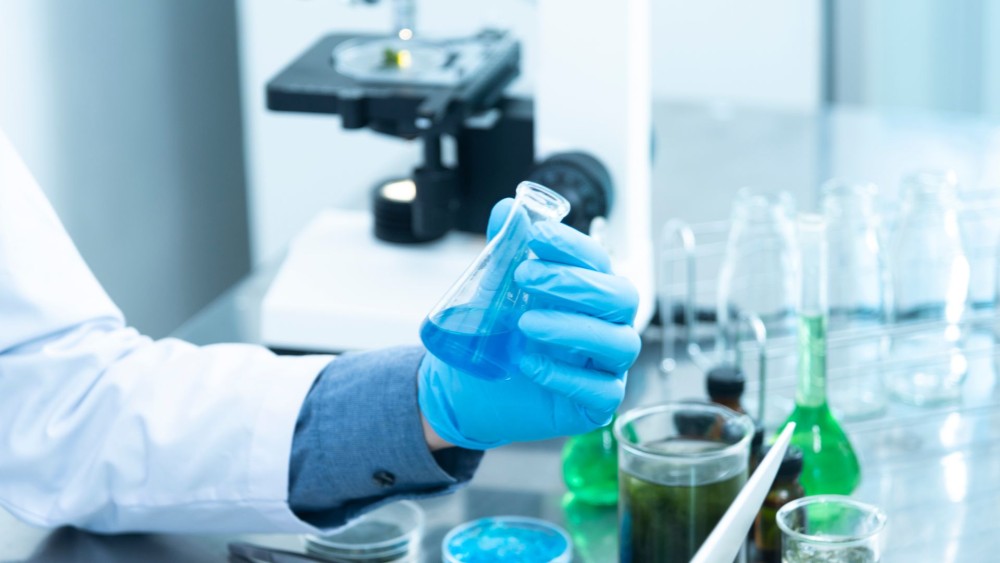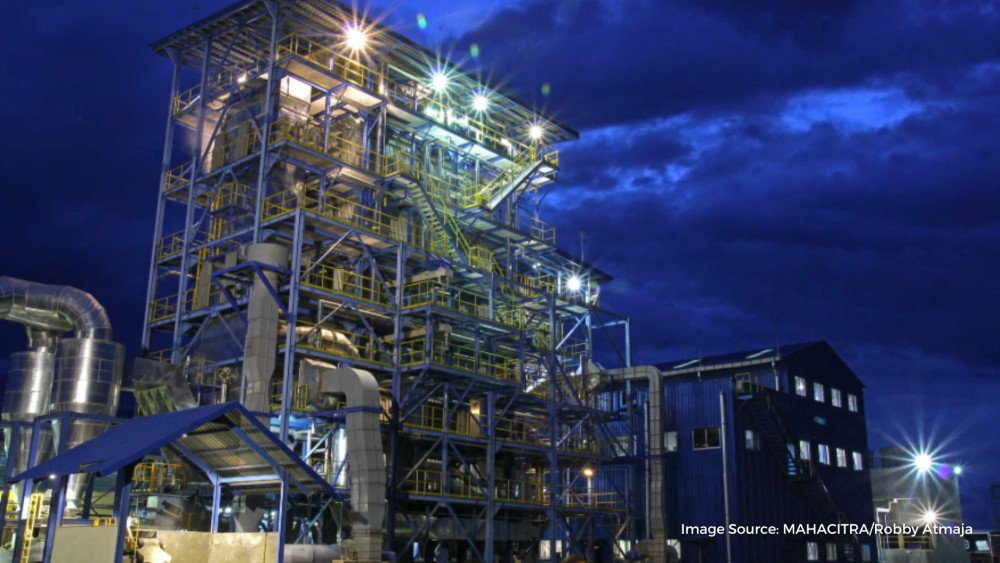Free Medical Check-Ups: Another Boon to Indonesia’s Pharmaceutical Industry
08 Nov 2024

In late September of this year, it was announced that President Prabowo Subianto would allocate Rp 3.3 trillion (roughly US$209.8 million) to provide free medical check-ups starting in 2025. The program, aimed primarily towards those over 50 years old, as well as at detecting Tuberculosis (TBC) and catastrophic diseases early, is currently being fleshed out by the Ministry of Health, with Minister of Health Budi Gunadi Sadikin recently quoted as saying that the free medical checkups would be given to those who are celebrating their birthday.
“This screening is a birthday gift from the government to the people, conducted every year on the nation’s anniversary to ensure early health monitoring,” Mr. Sadikin said during a working meeting with Commission IX of the House of Representatives at the Parliamentary Complex in Senayan, Jakarta, on Thursday, October 31, 2024.
The free medical check-up is another boon to Indonesia’s pharmaceutical industry. The program can potentially lead to early diagnosis, which spurs demand for treatments, particularly for chronic conditions. They also yield valuable health data, helping companies identify trends and refine marketing strategies. By promoting preventive care, check-ups encourage long-term adherence to treatments, sustaining medication demand.
It also comes on top of an already prospective sector that is being driven by rising healthcare needs, a substantial young demographic, and targeted government policies.
Indonesia’s healthcare demand
Indonesia’s demographic profile includes a substantial youth population, providing a promising consumer base for healthcare and pharmaceutical industry. The country’s population has grown steadily, reaching 278 million in 2023, with the productive age group (15-64) making up around 69% of this total. This youthful demographic, known as a “demographic bonus,” is expected to drive economic growth, as this age group contributes directly to the labor force and consumer spending.
Indonesia’s Productive age (in thousand) and its distribution
|
Year |
0 to 14 |
15 to 64 |
65 and above |
Total |
|
2019 |
70,635.8 |
181,354.9 |
16,083.7 |
268,074.4 |
|
2020 |
66,362.8 |
187,208.8 |
16,632.4 |
270,204.0 |
|
2021 |
66,186.3 |
188,915.3 |
17,581.0 |
272,682.6 |
|
2022 |
66,196.9 |
190,977.8 |
18,599.0 |
275,773.7 |
|
2023 |
66,575.1 |
192,669.3 |
19,451.9 |
278,696.3 |
|
Year |
0 to 14 |
15 to 64 |
65 and above |
|
2019 |
26.35% |
67.65% |
6.00% |
|
2020 |
24.56% |
69.28% |
6.16% |
|
2021 |
24.27% |
69.28% |
6.45% |
|
2022 |
24.00% |
69.25% |
6.74% |
|
2023 |
23.89% |
69.13% |
6.98% |
Source: Statistics Indonesia (BPS)
It is important to note that the country still faces significant healthcare challenges. Life expectancy in Indonesia remains slightly below the global average, at 71.1 years compared to 73.2 years globally. This discrepancy indicates that healthcare outcomes in Indonesia, while improving, still lag behind global standards, reflecting the need for enhanced healthcare infrastructure and services, especially in managing chronic illnesses prevalent among adults and the elderly .
Comparison of Indonesia and global life expectancy at birth
|
Year |
Both Sexes |
Male |
Female |
|||
|
Global |
Indonesia |
Global |
Indonesia |
Global |
Indonesia |
|
|
2019 |
72.6 |
70.3 |
70.1 |
68.3 |
75.2 |
72.4 |
|
2020 |
71.9 |
68.8 |
69.3 |
66.6 |
74.7 |
71.1 |
|
2021 |
70.9 |
67.5 |
68.3 |
65.5 |
73.5 |
69.4 |
|
2022 |
72.6 |
70.9 |
70 |
68.9 |
75.4 |
73 |
|
2023 |
73.2 |
71.1 |
70.5 |
69 |
75.9 |
73.3 |
Source: United Nations
Further data from Statistics Indonesia (BPS) and the 2020 Long Form Census reveal that 36% of deaths occur within the productive age group (15-59 years), with Non-Communicable Diseases such as stroke, diabetes, and cardiovascular diseases contributing heavily to mortality rates.
Pharmaceutical Sector: A Steady Growth Path
The pharmaceutical sector's contribution to Indonesia’s GDP has shown a stable upward trend, reaching 1.75% of GDP in 2023. The sector’s resilience, even amid global economic uncertainties, indicates its crucial role in addressing public health needs. Government data highlights that from 2019 to 2023, foreign direct investment in the pharmaceutical industry grew significantly.
Share of Pharmaceutical Sector to Indonesia GDP
|
Year |
Share (in IDR Bn) |
Share (in %) |
Growth (y-o-y) |
|
2014 |
180,037.20 |
1.70% |
14.64% |
|
2015 |
209,788.20 |
1.82% |
16.52% |
|
2016 |
223,404.70 |
1.80% |
6.49% |
|
2017 |
236,192.90 |
1.70% |
5.72% |
|
2018 |
239,678.00 |
1.62% |
1.48% |
|
2019 |
265,925.10 |
1.68% |
10.95% |
|
2020 |
296,710.30 |
1.92% |
11.58% |
|
2021 |
339,183.40 |
2.00% |
14.31% |
|
2022 |
357,326,30 |
1.82% |
5.35% |
|
2023 |
366,319.80 |
1.75% |
2.52% |
Source: Statistics Indonesia (BPS)
FDI in the Pharmaceutical Industry (in US$ thousand)
|
Year |
Value |
|
2019 |
1,486,093.1 |
|
2020 |
1,742,534.2 |
|
2021 |
1,656,534.3 |
|
2022 |
4,505,508.6 |
|
2023 |
4,805,160.8 |
Source: Ministry of Investment (BKPM)
It is important to note that participating in the Indonesian pharmaceutical industry can be challenging, what with the government continuously looking towards reducing its reliance on imports (about 90% of the raw materials for the domestic pharmaceutical must still be imported). By that same token, having acknowledged the importance of foreign investment, the government has also issued various incentives to attract foreign investors. Looking ahead, here are some of key topics for potential investors to consider:
1. Government Regulation No. 28 of 2024:
-
Domestic Prioritization: This regulation mandates prioritizing domestically produced pharmaceuticals and medical devices, particularly for public procurement.
-
Incentives for Manufacturing: Financial support, such as subsidies and assistance for research and technology transfer, encourages local production.
-
Public-Private Partnerships: The regulation supports partnerships to enhance production capacity for high-demand pharmaceuticals.
2. Domestic Component Level (TKDN) Requirements:
-
Increased TKDN Mandates: TKDN standards require a minimum 55% local content in many pharmaceutical products, incentivizing the use of local materials and reducing import dependency.
-
R&D Support: Companies increasing TKDN compliance gain access to incentives, aligning with government funding for research and bioequivalence testing.
3. Tax and Regulatory Incentives:
-
Tax Benefits: Tax breaks and import duty exemptions are available to companies investing in local production, reducing operational costs.
-
Streamlined Licensing: Simplified licensing for manufacturers encourages compliance with TKDN and halal standards.
4. Halal Certification (Government Regulation No. 42/2024):
-
Pharmaceuticals and medical devices must meet phased halal certification requirements beginning in 2026 for over-the-counter products, extending to prescription medicines by 2034, ensuring alignment with cultural standards.
The pathway to further growth in Indonesia’s pharmaceutical sector thus lies in aligning with government policies, investing in research, and fostering public-private partnerships to develop effective healthcare solutions. For foreign pharmaceutical companies, this represents a promising market, as Indonesia’s focus on reducing health disparities and improving life expectancy will require substantial investment and innovation in the years to come.








